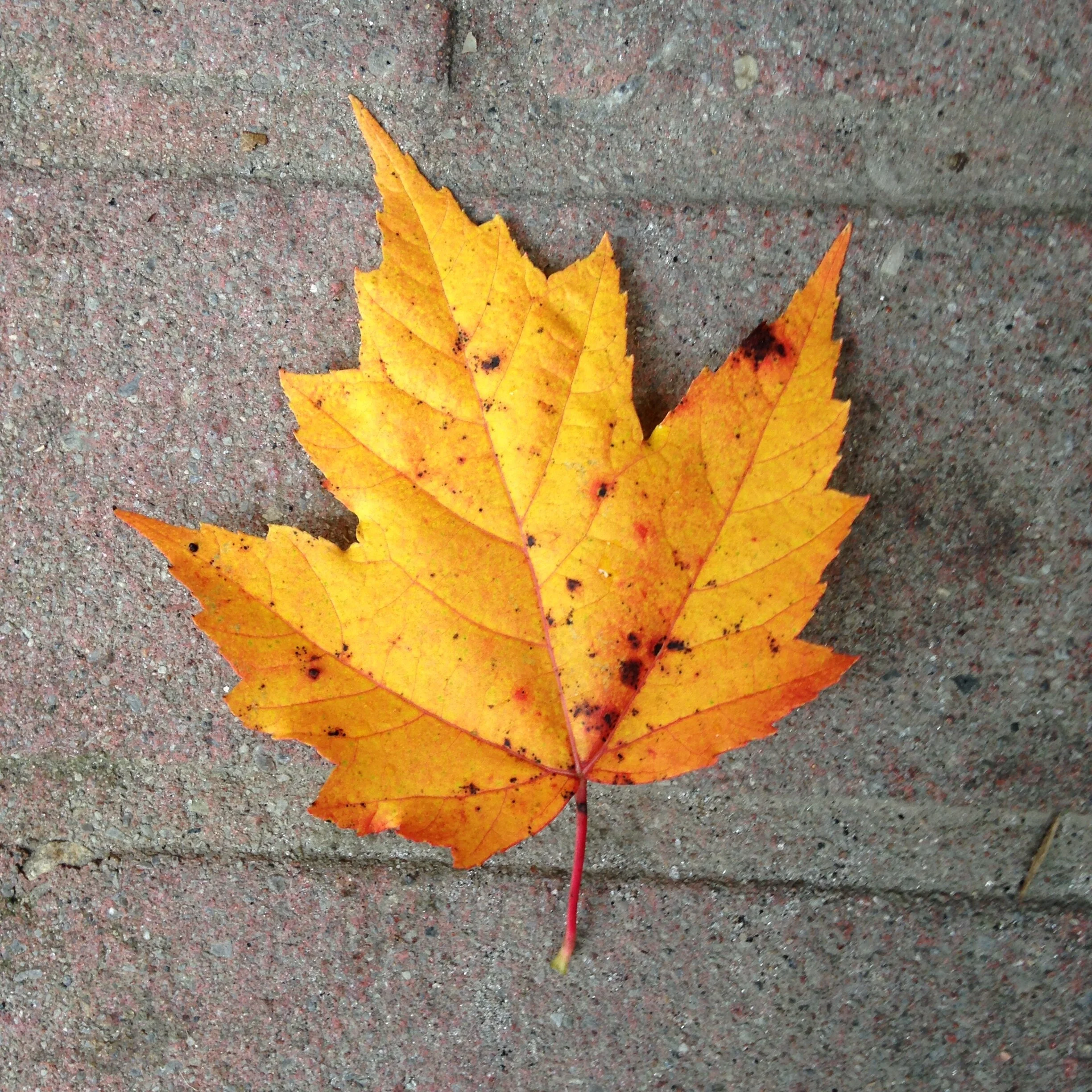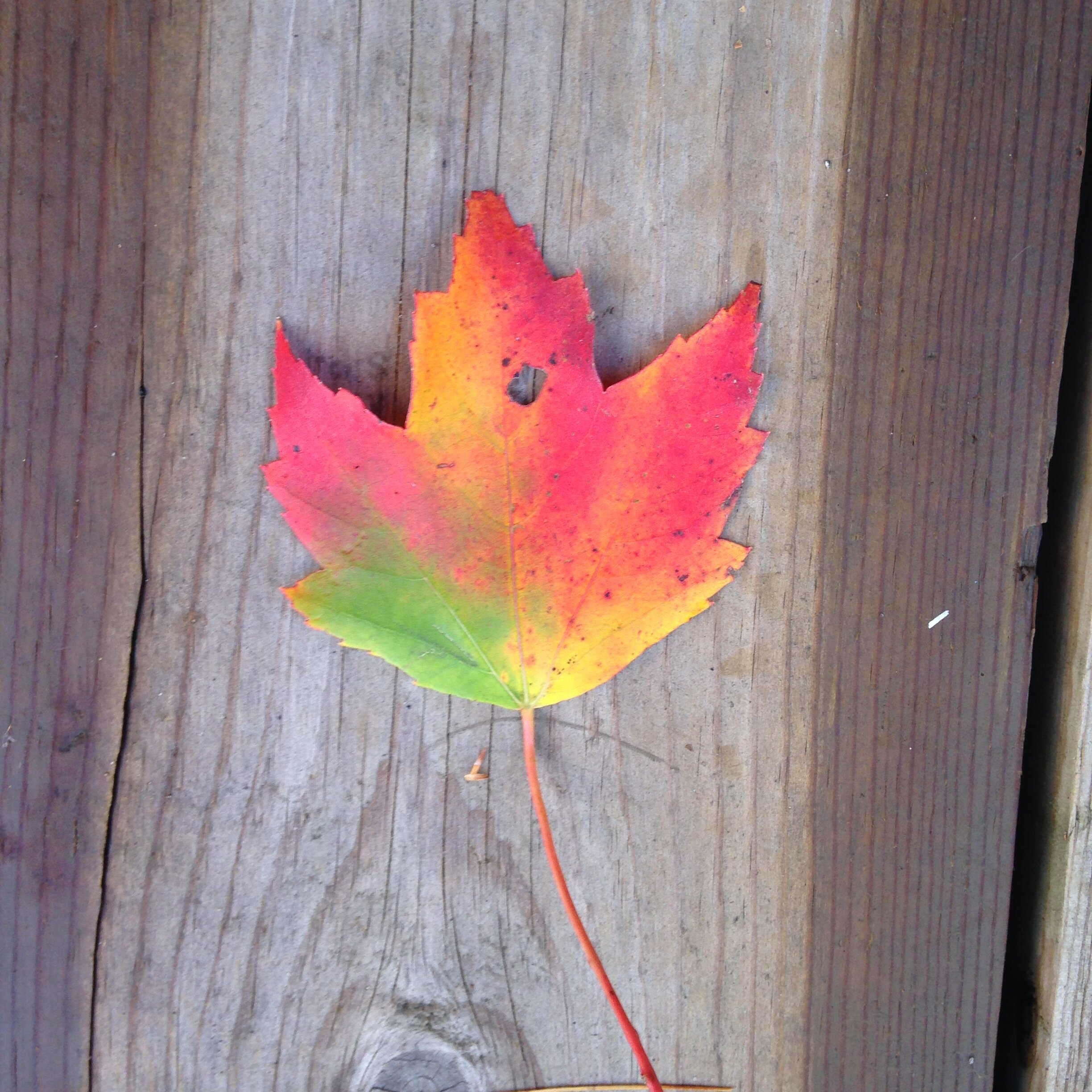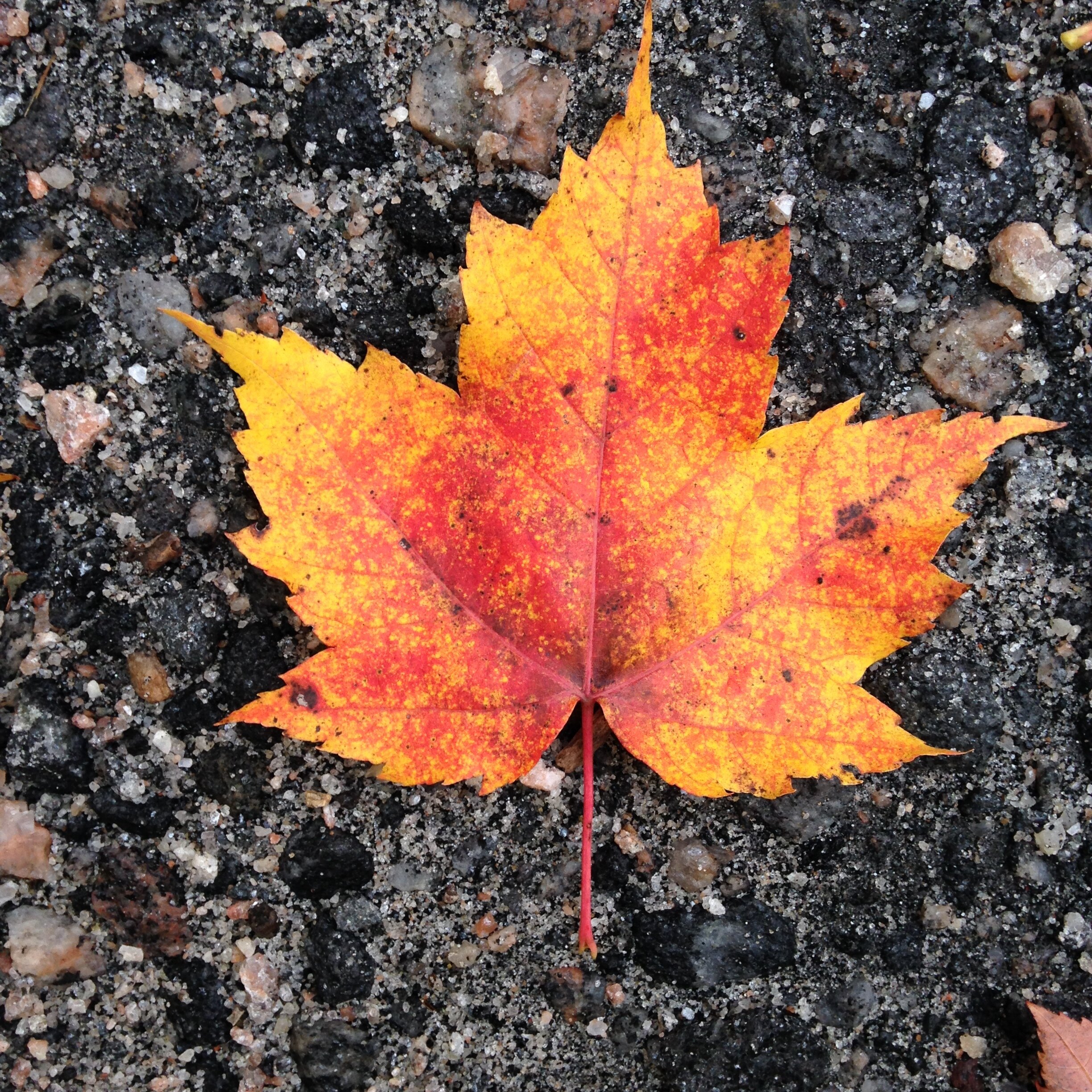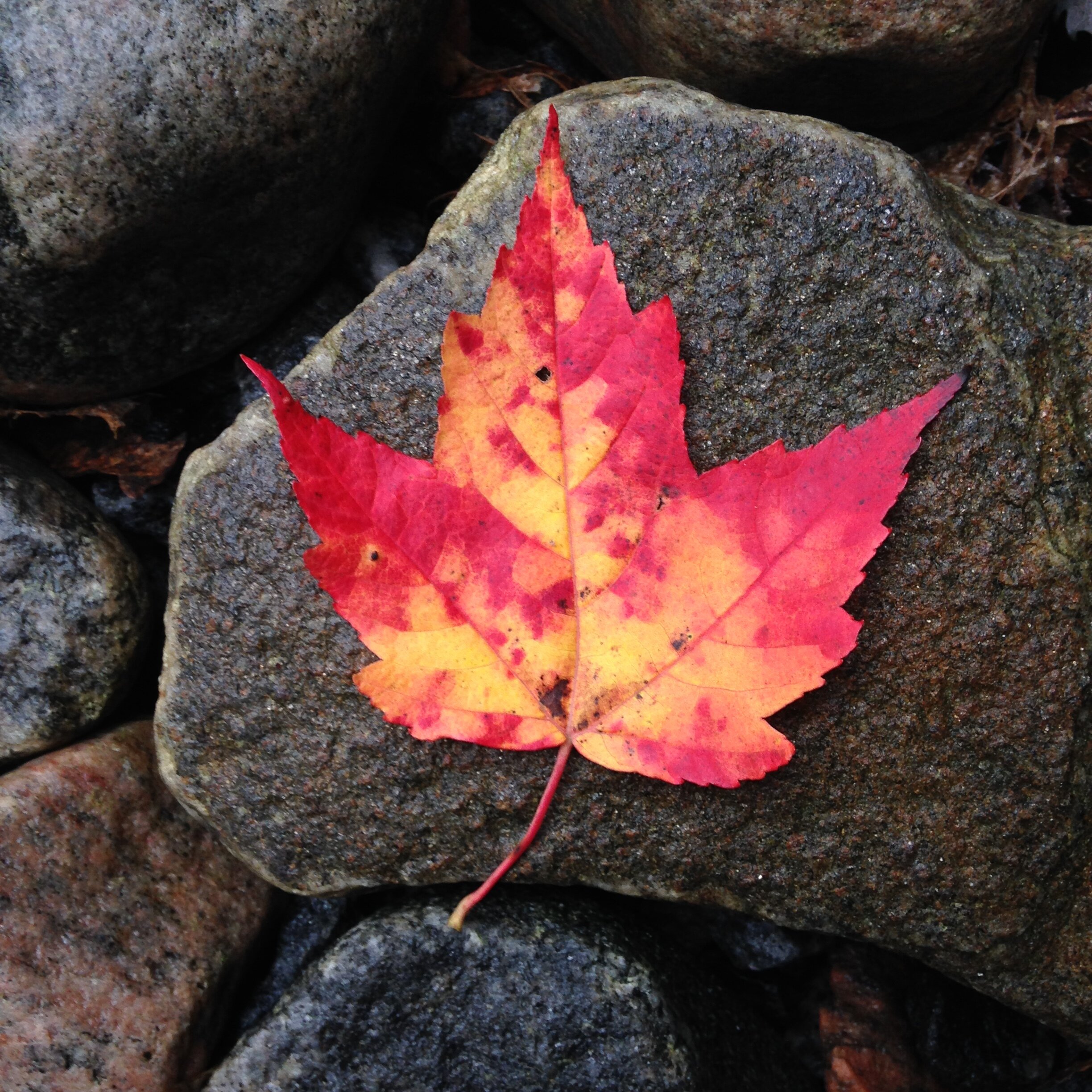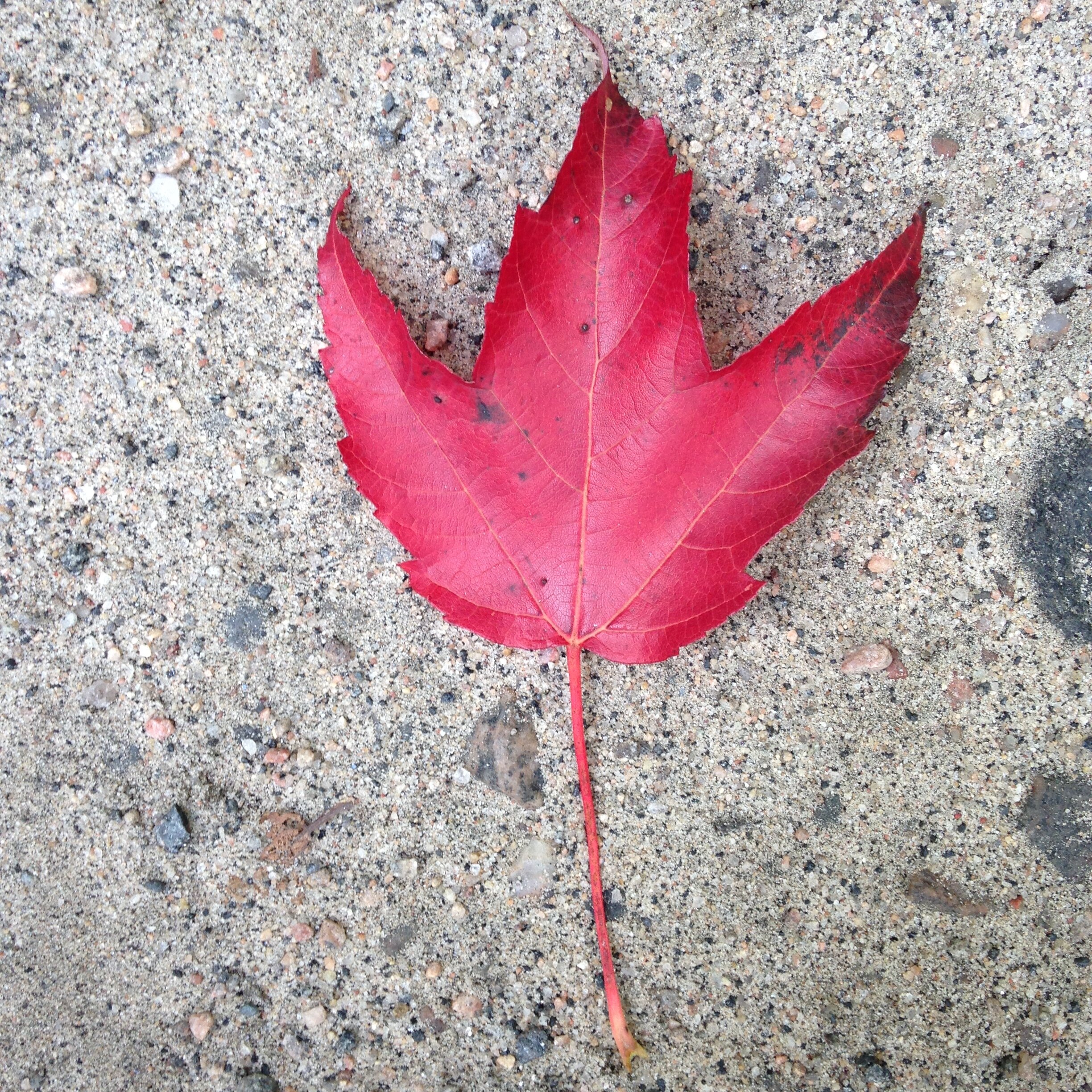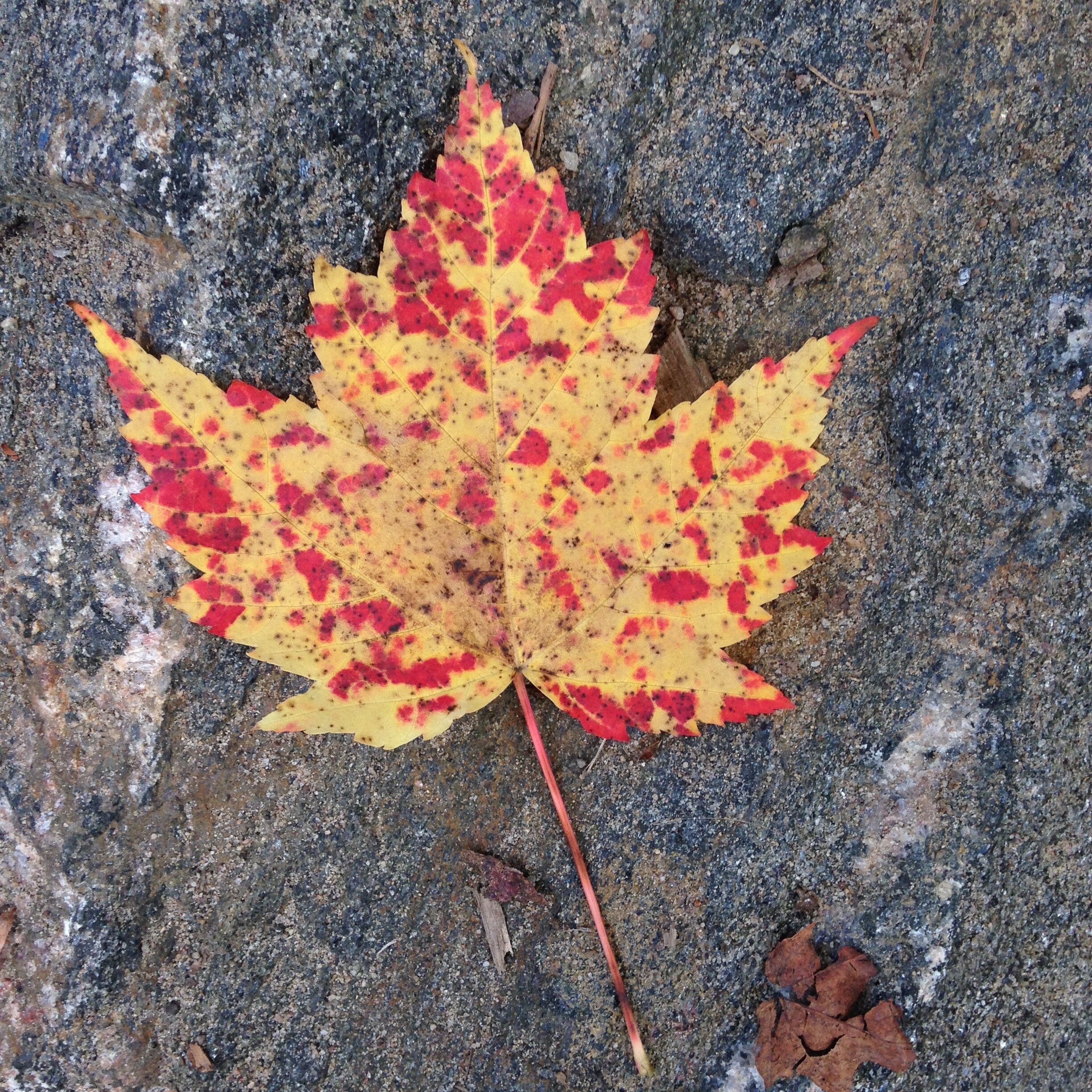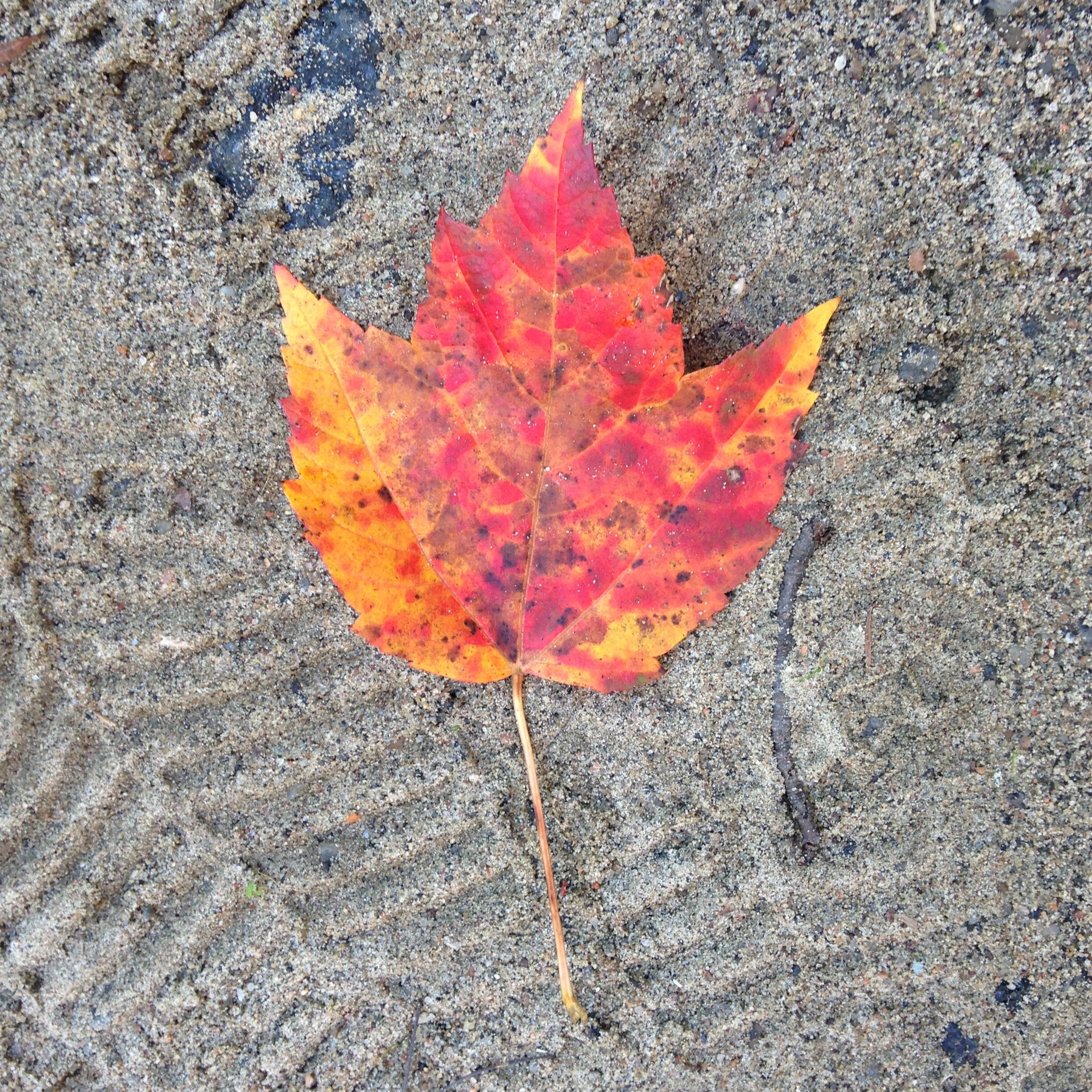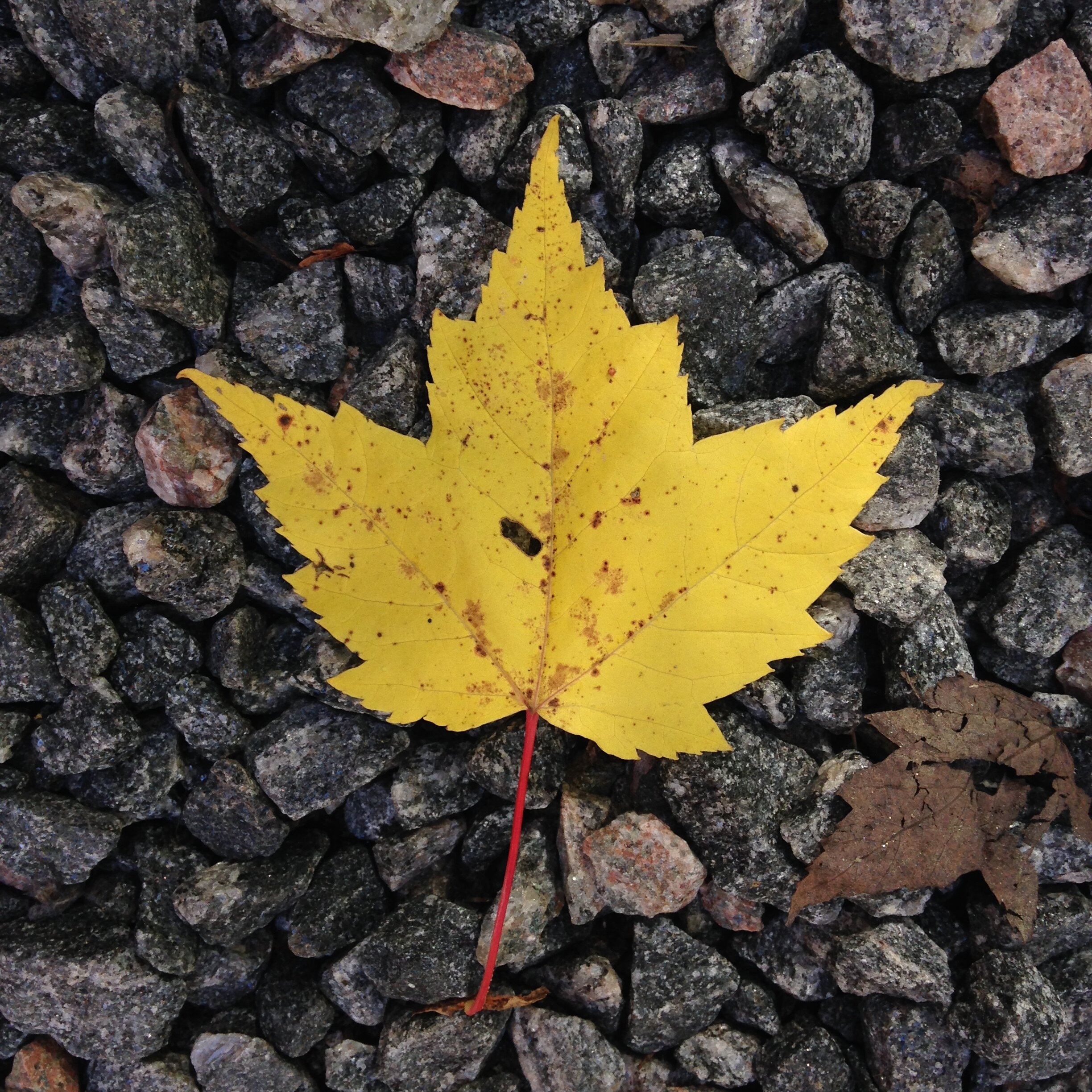Leafy Wonders
Alyssa LaRocque
Leaf colour change is a fascinating process. The transition starts when cooler temperatures and less hours of sunlight trigger the leaves to stop their food production. The food production molecules in a leaf are called chlorophyll, and they are what give a leaf its green colour.
When the leaves stop making food, they break down the chlorophyll into smaller molecules that the plant can use in other ways. As the chlorophyll disappears, so does the green colour of the leaf.
Now that the green is gone, the molecules that are left behind in the leaf get an opportunity to shine! One kind of molecule that is left behind is called a carotenoid. This molecule is responsible for the yellow and orange colours that we see. At Beacon, common trees that go yellow or orange are beech, aspen, and some maples.
Another kind of leaf molecule is called an anthocyanin. This molecule isn’t present in the leaf at other times of the year - it is actively produced by some leaves only in the fall, and it is what gives red, purple or pink colour to leaves. Scientists aren’t completely sure why some leaves do this, but it might have to do with preventing pests from eating the leaves or providing protection from the sun’s rays. At Beacon, some varieties of maples, oaks and sumac turn red.
Enjoy the pictures of some special Beacon leaves below, and praise God for the artistry He implanted in this transitional season!
